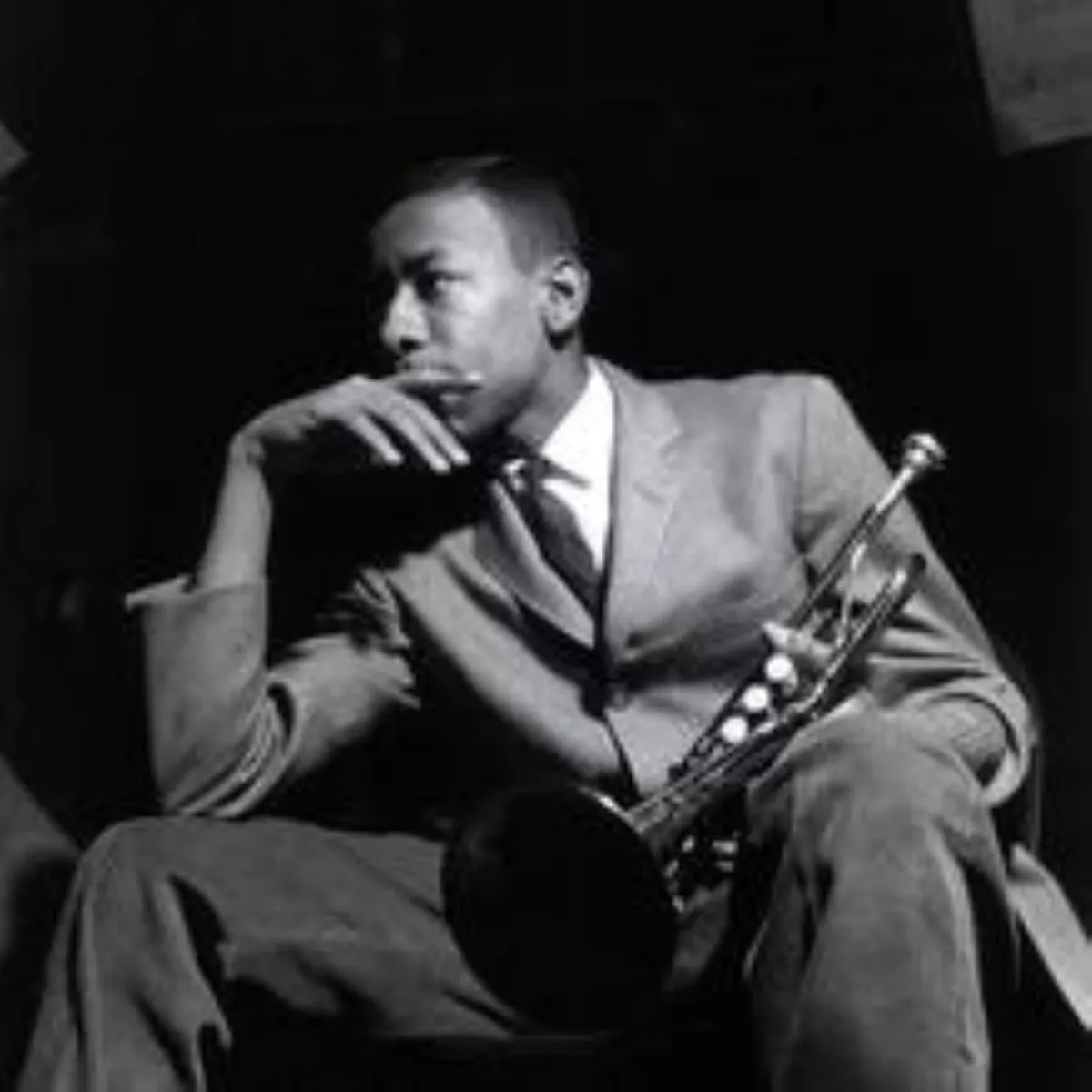 1.
1. Edward Lee Morgan was an American jazz trumpeter and composer.

 1.
1. Edward Lee Morgan was an American jazz trumpeter and composer.
One of the key hard bop musicians of the 1960s and a cornerstone of the Blue Note label, Morgan came to prominence in his late teens, recording with bandleaders like John Coltrane, Curtis Fuller, Dizzy Gillespie, Hank Mobley and Wayne Shorter, and playing in Art Blakey's Jazz Messengers.
Lee Morgan stayed with Blakey until 1961 and started to record as leader in the late '50s.
Edward Lee Morgan was born in Philadelphia, Pennsylvania, United States, on July 10,1938, the youngest of Otto Ricardo and Nettie Beatrice Morgan's four children.
Lee Morgan recorded prolifically from 1956 until a day before his death in February 1972.
Lee Morgan joined Dizzy Gillespie's Big Band at 18 and remained as a member for a year and a half until economic circumstances forced Gillespie to disband the unit in 1958.
Lee Morgan began recording for Blue Note in 1956, eventually recording 25 albums as a leader for the label.
Lee Morgan recorded on the Vee-Jay label and one album for Riverside Records on its short-lived Jazzland subsidiary.
Lee Morgan was a featured sideman on several early Hank Mobley records, and intermittently thereafter.
On John Coltrane's Blue Train, Lee Morgan played a trumpet with an angled bell given to him by Gillespie.
When Benny Golson left the Jazz Messengers, Lee Morgan persuaded Blakey to hire Wayne Shorter, a young tenor saxophonist, to fill the chair.
Lee Morgan himself repeated the formula several times with compositions such as "Cornbread" and "Yes I Can, No You Can't" on The Gigolo.
Lee Morgan felt that his playing was much more advanced on Grachan Moncur III's essentially avant-garde Evolution album, recorded a month earlier, on November 21,1963.
Lee Morgan briefly rejoined the Jazz Messengers after his successor, Freddie Hubbard, joined another group.
Lee Morgan became more politically involved in the last two years of his life, becoming one of the leaders of the Jazz and People's Movement.
Lee Morgan's working band during those last years featured reed players Billy Harper or Bennie Maupin, pianist Harold Mabern, bassist Jymie Merritt and drummers Mickey Roker or Freddie Waits.
Lee Morgan was killed in the early hours of February 19,1972, at Slugs' Saloon, a jazz club in New York City's East Village where his band was performing.